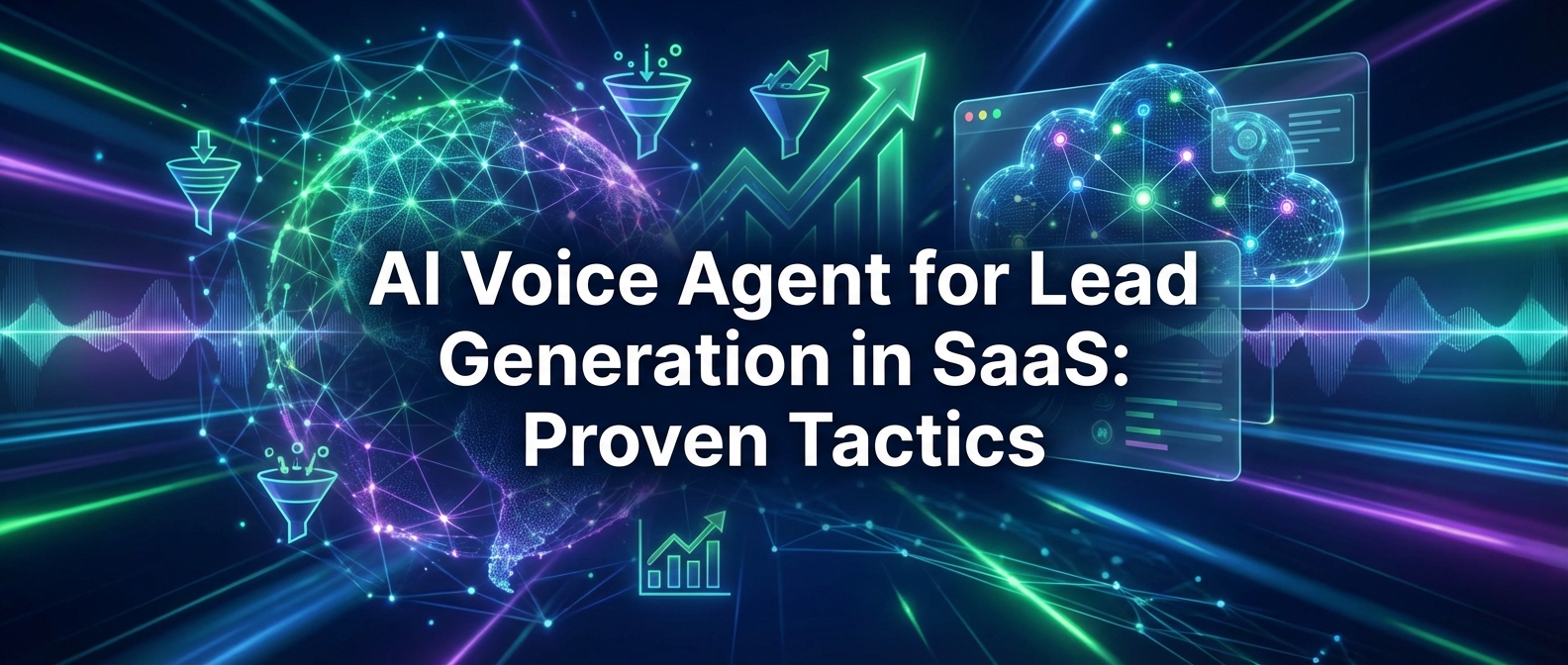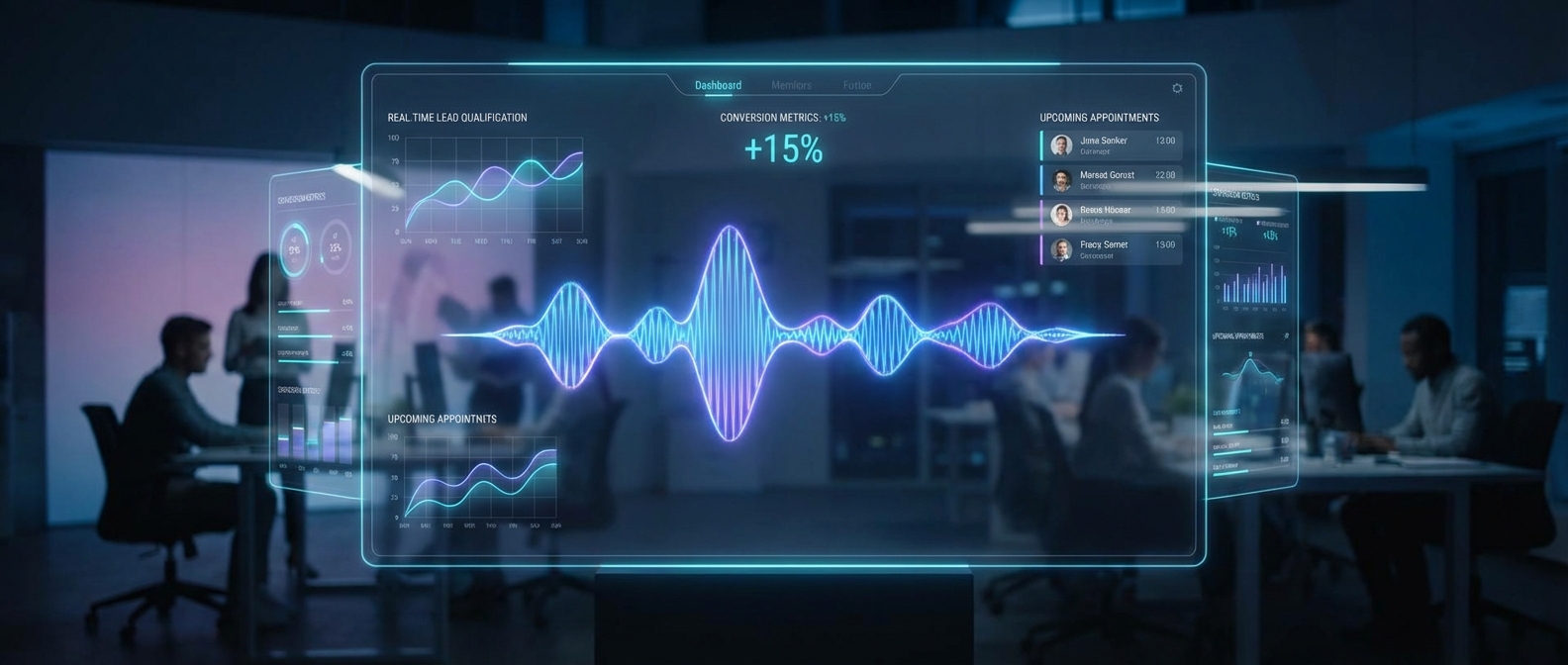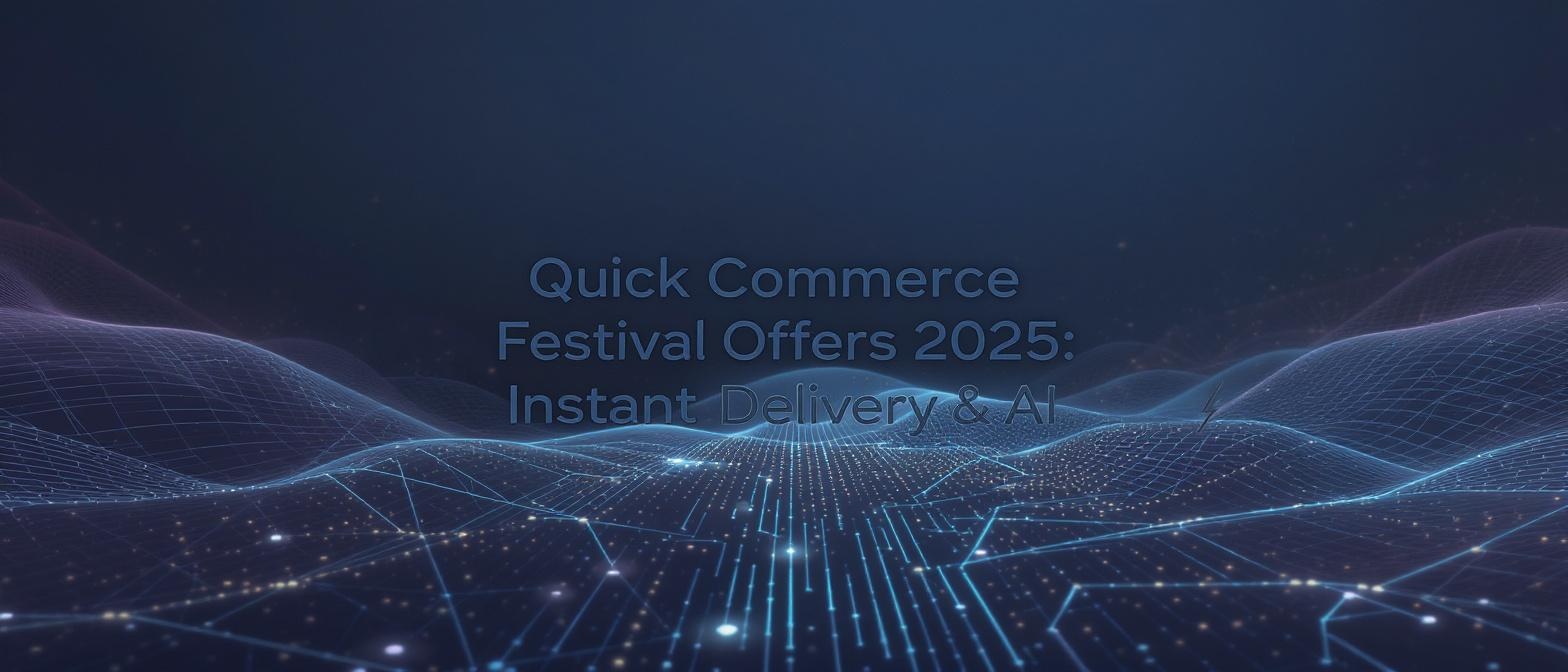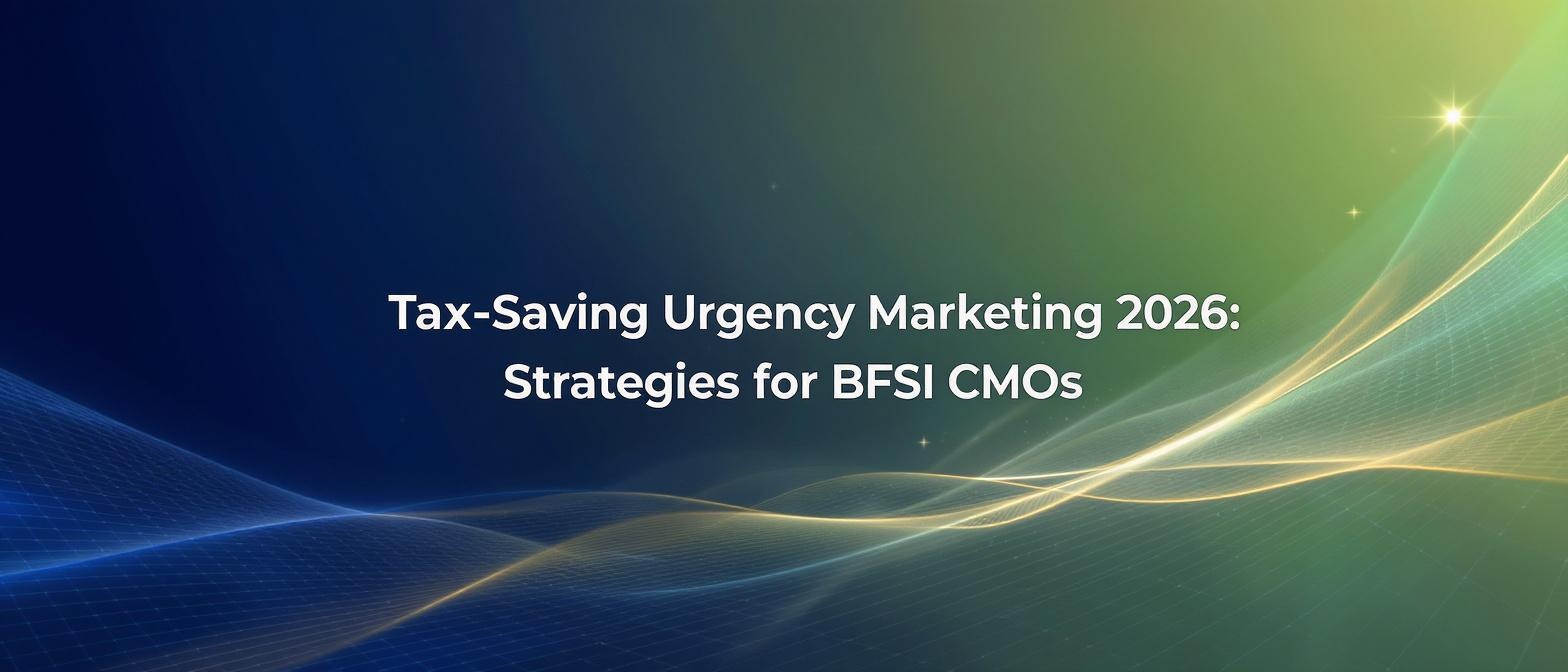The Ultimate Guide to Creating an AI Salesperson That Actually Converts (2025 Edition)
Estimated reading time: ~11 minutes
Key Takeaways
- A strategic AI salesperson can handle high-volume tasks like lead qualification and nurturing 24/7.
- Defining clear roles for AI across the sales funnel prevents disjointed customer experiences.
- Measuring ROI with metrics like Lead Qualification Rate and Cost Per Acquisition helps validate AI investments.
- Ethical considerations such as transparency and data privacy build trust in AI-driven interactions.
- AI augments human teams to focus on high-value tasks, boosting conversions and productivity.
Chapter 1: The Evolution of Sales: Why an AI Salesperson is Non-Negotiable in 2025
In the relentless arena of modern sales, the ground is shifting. By 2026, a staggering 80% of all B2B sales interactions between suppliers and buyers will happen in digital channels, according to Gartner. The days of relying solely on charm and a firm handshake are fading. Today, success is about speed, scale, and hyper-personalization—a trifecta that is humanly impossible to achieve alone. This is where the concept of a AI salesperson evolves from a futuristic buzzword into a mission-critical business asset.
Forget the simplistic, often frustrating chatbots of the past. A true AI salesperson is a sophisticated system designed to augment your sales team, engaging prospects with intelligent, personalized, and timely interactions 24/7. It's a tireless qualifier, a data-driven nurturer, and a powerful closing assistant, all rolled into one.
But how do you build one? This isn't just about plugging in a new piece of software. It’s about a strategic integration of data, technology, and human insight. This ultimate guide will walk you through the entire process—from initial strategy and tool selection to step-by-step implementation, ROI calculation, and the ethical considerations that build long-term customer trust. It's time to build your next-generation sales floor.
Chapter 2: Defining Your AI Salesperson's Role: The Strategic Blueprint
The modern buyer's journey has fundamentally changed. Prospects arrive more informed, expect instant answers, and demand personalized experiences. Trying to meet these expectations with a purely human team leads to burnout, missed opportunities, and spiraling customer acquisition costs.
Generative AI is not just another tool; it's a foundational economic catalyst. A recent report from McKinsey highlights that generative AI could add up to $4.4 trillion annually to the global economy, with a profound impact on sales and marketing. The same report notes that AI can boost sales productivity by as much as 14% by automating key tasks and personalizing outreach at an unprecedented scale.
So, what is an AI salesperson in this new context?
It's a system that leverages artificial intelligence to perform sales-related tasks that traditionally require human intervention. This can range from:
- Intelligent Lead Qualification: https://www.truefan.ai/blogs/chatgpt-social-media-strategy
Instantly engaging website visitors, asking targeted questions, and scoring them based on their responses and digital body language. - Automated Nurturing: Sending personalized follow-up emails, case studies, or even video messages based on a prospect's behavior.
- 24/7 Product Demos: Offering interactive, AI-led demonstrations of your product anytime, anywhere in the world.
- Objection Handling: Accessing a vast knowledge base to provide consistent, accurate answers to common questions and objections.
- Scheduling & Handoff: Seamlessly booking meetings on a human salesperson's calendar when a lead is qualified and ready for a deeper conversation.
An AI salesperson doesn't replace your top closers; it empowers them to focus on what they do best: building relationships and closing high-value deals. It handles the repetitive, time-consuming tasks, ensuring no lead is ever left behind.
Before you write a single line of code or subscribe to any tool, you must define the mission. A successful AI salesperson has a clear job description. What specific part of your sales funnel do you want to augment first?
A well-defined role ensures your AI provides maximum value without overstepping its capabilities or creating a disjointed customer experience. Consider these strategic roles across the sales funnel, a concept well-documented by industry leaders like Salesforce.
Top-of-Funnel: The Lead Qualifier & Educator
This is the most common and often the most impactful starting point. An AI at the top of the funnel acts as a digital concierge for your brand.
- Primary Goal: Engage every single website visitor, social media inquiry, or inbound lead instantly.
- Key Tasks:
- Greet visitors with personalized messages based on their entry source.
- Ask a series of scripted questions to understand their needs, budget, and timeline (BANT).
- Provide links to relevant blog posts, whitepapers, or case studies.
- Score leads based on their answers and pass only the highly qualified ones to the human team.
- Benefit: Eliminates lead leakage, provides instant gratification to prospects, and frees up your sales development representatives (SDRs) from chasing unqualified leads.
Mid-Funnel: The Nurturing & Demo Specialist
Once a lead is qualified but not yet ready to buy, the AI can take on the crucial role of nurturing the relationship.
- Primary Goal: Keep your brand top-of-mind and guide the prospect toward a purchase decision.
- Key Tasks:
- Send automated, personalized follow-up sequences.
- Invite prospects to webinars or events.
- Offer on-demand, interactive AI-powered product demos.
- Answer mid-funnel questions about specific features or pricing tiers.
- Benefit: Ensures consistent follow-up that humans often forget, educates prospects at their own pace, and accelerates the sales cycle.
Bottom-of-Funnel: The Closing Assistant
While a human is still best for the final close, an AI can assist in the final stages to remove friction.
- Primary Goal: Answer last-minute questions and guide the user through the final steps.
- Key Tasks:
- Answer questions about security, implementation, or support.
- Provide clarity on contract terms or pricing.
- Guide users through a complex checkout or onboarding process.
- Benefit: Reduces cart abandonment, increases conversion rates, and provides a smooth transition from prospect to customer.
Chapter 3: The Modern Tech Stack: Tools for Building Your AI Salesperson
With your strategy defined, it's time to assemble your technology stack. The market for AI-powered sales tools is exploding, projected to grow by over 25% CAGR, according to insights from VentureBeat. Your stack will consist of three primary layers.
1. Foundational Layer: CRM & Data
Your AI is only as smart as the data it can access. A clean, well-organized Customer Relationship Management (CRM) system is the non-negotiable foundation. This is your single source of truth for all customer interactions. Ensure your CRM is updated and can be easily integrated with other tools via APIs.
2. Intelligence Layer: AI & Machine Learning Platforms
This is the brain of your operation. These platforms process data, understand language, and make decisions. They come in several forms:
- Text-Based Chatbots: Platforms like Intercom, Drift, or HubSpot's Chatbot Builder are excellent for text-based conversations on your website. They use Natural Language Processing (NLP) to understand and respond to user queries. https://www.truefan.ai/blogs/chatgpt-social-media-strategy
- Voice-Based AI: Tools like Cresta or Balto can analyze sales calls in real-time or even act as AI phone agents for initial qualification calls.
- Video-Based AI Platforms: Video is the most engaging medium online. For creating engaging, scalable video outreach and product demos, Studio by TrueFan AI (https://www.truefan.ai/blogs/ai-video-generator-text-speech) enable businesses to generate personalized video messages at scale, putting a human face on AI interaction.
3. Engagement Layer: Avatars & Interfaces
This is how your AI salesperson interacts with the world. The interface is critical for building trust and ensuring a positive user experience.
The power of a human face—even a digital one—is immense in building connection. AI avatars can present your product demos, deliver personalized welcome messages, or act as the visual representation of your brand's AI. The ability to communicate in a prospect's native language is a massive advantage. Studio by TrueFan AI's 175+ language support and AI avatars (https://www.truefan.ai/blogs/creating-lifelike-custom-avatars) mean you can create a truly global AI salesperson that resonates with local audiences, building trust and clarity.
Chapter 4: The Step-by-Step Implementation Guide
Building your AI salesperson is a project, not a single task. Follow these steps for a smooth and effective rollout.
Step 1: Integrate with Your CRM
Connect your chosen AI platform to your CRM. This allows the AI to pull customer history for personalization (e.g., "Welcome back, Sarah! Last time you were looking at our Enterprise plan...") and push new data back (e.g., creating a new lead record with the full chat transcript). For guidance on this crucial step, you can find many resources on CRM integration best practices.
Step 2: Develop Your Knowledge Base
Feed your AI. This is the most critical and time-consuming step. Your AI needs a comprehensive knowledge base to draw from. This includes:
- Product specifications and pricing
- Frequently asked questions (FAQs)
- Competitor comparisons
- Case studies and success stories
- Scripts for handling common objections
Step 3: Script Your Core Conversations & Scenarios
While modern AI is smart, it still needs direction. Map out the ideal conversation flow for your primary use case (e.g., lead qualification). What are the key questions it needs to ask? What are the possible branches the conversation can take? An MIT study found that AI providing real-time suggestions to human sales reps increased conversions by 15%; apply the same logic by scripting proven, high-converting questions for your AI. https://www.truefan.ai/blogs/ai-scriptwriting-tips-guide
Step 4: Design the AI Persona & Visuals
Give your AI a personality. Is it formal and professional, or friendly and casual? This should align with your overall brand voice. If you're using an avatar, choose one that represents your target audience and brand ethos. This persona should be consistent across all interactions. https://www.truefan.ai/blogs/creating-lifelike-custom-avatars
Step 5: Beta Test with a Small Audience
Before unleashing your AI on all website visitors, run a beta test. Test it internally with your team first, then with a small segment of live traffic. Look for bugs, awkward phrasing, or points where users get stuck. Collect feedback and iterate.
Step 6: Deploy & Monitor
Once you're confident, go live. But the work isn't done. Continuously monitor the AI's performance. Track key metrics (covered in the next chapter) and review conversation transcripts to identify areas for improvement. Your knowledge base and scripts should be living documents, updated regularly.
Chapter 5: Measuring Success: Calculating the ROI of Your AI Salesperson
An AI salesperson is an investment, and you need to measure its return. According to Salesforce's State of Sales report, sales teams see a 34% average increase in lead conversion after adopting AI. Let's break down how to prove that value.
Key Metrics to Track:
- Lead Qualification Rate (LQR): What percentage of leads engaged by the AI are deemed "sales qualified"? This measures the AI's effectiveness at filtering.
- Cost Per Acquisition (CPA): Total Sales & Marketing Cost / Number of New Customers. Your AI should lower this by improving efficiency.
- Sales Cycle Length: How long does it take from the first touch to a closed deal? AI should shorten this by accelerating nurturing and qualification.
- AI Engagement Rate: What percentage of visitors interact with your AI? This measures its visibility and appeal.
- Human Handoff Rate: How many conversations are successfully escalated to a human agent? This measures the AI's ability to achieve its primary goal.
The ROI Formula
The classic formula provides a clear picture of financial impact:
ROI = (Gain from Investment - Cost of Investment) / Cost of Investment
Let's use a simplified example:
- Cost of Investment: $1,000/month for AI software and setup.
- Gain from Investment: The AI qualifies 20 extra leads per month. Your human team closes 25% of these leads (5 new deals). If your average deal size is $2,000, the gain is 5 * $2,000 = $10,000.
- Calculation: ($10,000 - $1,000) / $1,000 = 9
- ROI: 900%
The investment in AI tools pays dividends through efficiency and scale. Solutions like Studio by TrueFan AI (https://www.truefan.ai/blogs/ai-video-generator-text-speech) demonstrate ROI through reduced video production costs, faster campaign deployment for A/B testing, and the ability to create thousands of personalized outreach videos, directly impacting pipeline velocity.
Chapter 6: The Human Element: Ethics, Trust, and AI Collaboration
Power and responsibility go hand in hand. Deploying an AI salesperson comes with ethical obligations that are crucial for building long-term customer relationships.
Transparency is Key
Always disclose that a prospect is interacting with an AI. Deceiving customers into thinking they're talking to a human is a surefire way to destroy trust. A simple, friendly disclosure like, "You're chatting with our AI assistant, Sparky!" is all it takes.
Data Privacy & Security
Your AI will handle sensitive customer data. You must be transparent about what data you're collecting and how you're using it. Ensure your AI vendor complies with regulations like GDPR and CCPA. Look for certifications like SOC 2 and ISO 27001, which demonstrate a commitment to enterprise-grade security. For more on this topic, organizations like the Electronic Frontier Foundation (EFF) provide valuable insights into digital rights and AI.
The AI-Human Handoff
The most successful AI sales programs excel at the handoff. Define clear triggers for when the AI should disengage and bring in a human. This could be when a user asks a complex question the AI doesn't understand, shows strong buying intent, or simply types "talk to a human." The goal is collaboration, not replacement. The AI handles the volume, allowing humans to handle the high-value conversations.
Chapter 7: Advanced Applications & The Future of AI in Sales
Once you've mastered the basics, you can explore the cutting edge of AI in sales. This is where your AI evolves from an assistant to a strategic partner.
- Predictive Lead Scoring: Go beyond simple BANT. Advanced AI can analyze hundreds of data points—from website behavior and social media activity to firmographic data—to predict which leads are most likely to convert, allowing your team to prioritize their efforts with surgical precision.
- Automated, Hyper-Personalized Outreach: Imagine sending 10,000 outreach messages, each one uniquely personalized. AI can generate custom email copy, LinkedIn messages, and even personalized video introductions based on a prospect's industry, job title, and recent company news.
- Real-time Sales Coaching: AI can join live sales calls, listen to the conversation, and provide real-time cue cards and suggestions to the human salesperson. It can prompt them to ask a key question they missed or provide data to handle an objection on the fly. As detailed in the McKinsey Global Institute's report on generative AI, this level of augmentation is a major driver of future productivity.
The future of sales is a symbiotic relationship between human and machine, each playing to their strengths to create a customer experience that is both efficient and deeply personal.
Conclusion: Your Next-Generation Sales Floor Awaits
Building an AI salesperson is no longer a luxury reserved for tech giants; it's a strategic imperative for any business looking to grow in the digital-first era. By moving beyond simple chatbots and thoughtfully designing an AI assistant that qualifies, nurtures, and supports your sales process, you create a powerful engine for revenue growth.
The journey begins with a clear strategy, followed by the right technology stack and a methodical implementation plan. It requires a commitment to measuring results, upholding ethical standards, and fostering a collaborative environment where AI empowers your human team to achieve more than ever before.
Don't try to boil the ocean. Start by identifying the single biggest bottleneck in your sales process—whether it's lead response time, inconsistent follow-up, or lead qualification—and build your AI salesperson to solve that one problem first. Your next-generation sales floor is waiting.
Frequently Asked Questions
1. Can an AI salesperson completely replace my human sales team?
No. The goal of an AI salesperson is augmentation, not replacement. It handles the repetitive, top-of-funnel tasks, freeing up human salespeople to focus on high-value activities like building relationships, complex negotiations, and closing strategic deals. The AI-to-human handoff is a critical part of a successful strategy.
2. What is the typical budget needed to build an effective AI salesperson?
This varies widely. Simple chatbot tools can start from as little as $50-$100 per month. More sophisticated platforms with advanced AI, avatar generation, and deep CRM integration can range from a few hundred to several thousand dollars per month. The key is to start with a clear ROI goal to justify the investment.
3. How do I ensure my AI salesperson's personality aligns with my brand?
This is done during the design and scripting phase. You should create a "persona document" for your AI, defining its tone of voice (e.g., witty, professional, empathetic), vocabulary, and even its name. The conversation scripts and avatar visuals should all be crafted to reflect this persona consistently.
4. What are the biggest mistakes to avoid when implementing an AI salesperson?
The top three mistakes are: 1) Lack of a clear goal (automating for automation's sake), 2) Insufficient training data (giving the AI a weak knowledge base), and 3) A poor AI-to-human handoff process, which frustrates qualified leads.
5. How can an AI salesperson help with international sales?
AI is a massive force multiplier for global sales. It can operate 24/7 across all time zones, ensuring instant engagement with leads from any country. Furthermore, multi-language capabilities are a game-changer. For example, you can create a single master video script and then use a platform like Studio by TrueFan AI to instantly generate versions in dozens of languages with perfect lip-sync, making global expansion incredibly efficient.
6. How long does it take to see results from an AI salesperson?
You can see initial results, like improved lead capture and engagement rates, within the first few weeks of deployment. More significant, revenue-based results like a shorter sales cycle and higher conversion rates typically become apparent within the first 3-6 months as you collect data and optimize the AI's performance.




